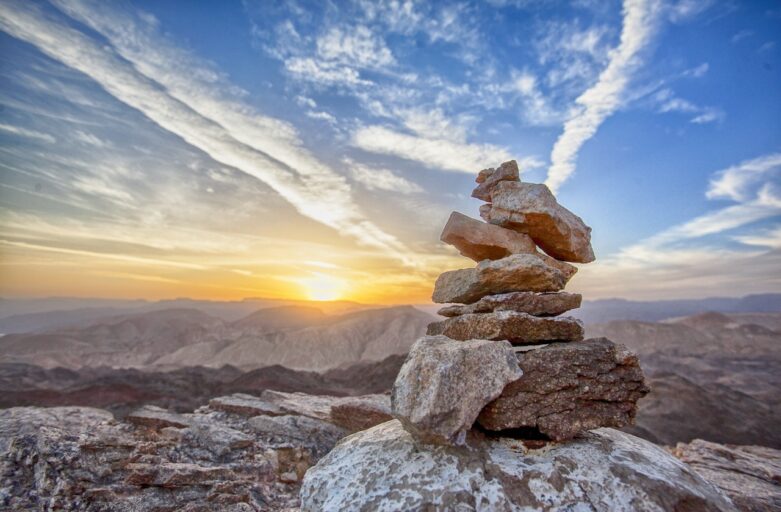Plate tectonics is a fundamental concept in geoscience that explains the movement of Earth’s lithospheric plates and the geological phenomena associated with their interactions. In this blog, we will explore the role of plate tectonics in shaping Earth’s surface and its significance in the field of geoscience.
Plate Boundaries: Plate tectonics describes the boundaries where lithospheric plates interact. These boundaries can be classified into three types: divergent, convergent, and transform. Divergent boundaries occur where plates move away from each other, forming new crust and mid-oceanic ridges. Convergent boundaries are areas where plates collide, leading to the formation of mountains, volcanic arcs, and subduction zones. Transform boundaries involve plates sliding past each other horizontally, resulting in faults and earthquakes.
Volcanism
Plate tectonics plays a crucial role in the distribution of volcanic activity around the world. Volcanoes often form at convergent boundaries, where one plate subducts beneath another. The subducting plate melts, generating magma that rises to the surface, resulting in volcanic eruptions. Additionally, volcanic activity can also occur at divergent boundaries, such as mid-oceanic ridges, where magma wells up from the mantle, creating new crust.
Earthquakes
Plate tectonics is closely linked to seismic activity and the occurrence of earthquakes. Earthquakes commonly happen at plate boundaries, particularly along transform and convergent boundaries. As plates interact and strain builds up, it is released in the form of seismic energy, causing the ground to shake. Studying earthquakes helps geoscientists better understand plate movements, assess seismic hazards, and develop strategies for earthquake preparedness and mitigation.
Mountain Building
Plate tectonics is responsible for the formation of mountain ranges around the world. When two continental plates collide at a convergent boundary, the immense forces involved cause rocks to fold, thrust, and uplift, resulting in the formation of mountain belts. Examples of such mountain ranges include the Himalayas, the Alps, and the Andes. Studying mountain building processes helps geoscientists understand the forces that shape Earth’s topography and the geological history of different regions.
Plate Tectonics and Geoscience Research
Plate tectonics is at the core of many geoscience research areas. Geoscientists study plate boundaries to understand crustal deformation, magma generation, and the distribution of natural resources. They investigate past plate movements to reconstruct ancient supercontinents, track changes in sea level, and decipher climate variations. Additionally, the study of plate tectonics aids in the exploration of mineral deposits, petroleum reservoirs, and geothermal resources.
Understanding the dynamics of plate tectonics is crucial for comprehending Earth’s geological processes, natural hazards, and the formation of its diverse landscapes. Geoscientists continue to investigate and refine our understanding of plate tectonics, uncovering new insights into the intricate workings of our planet.
